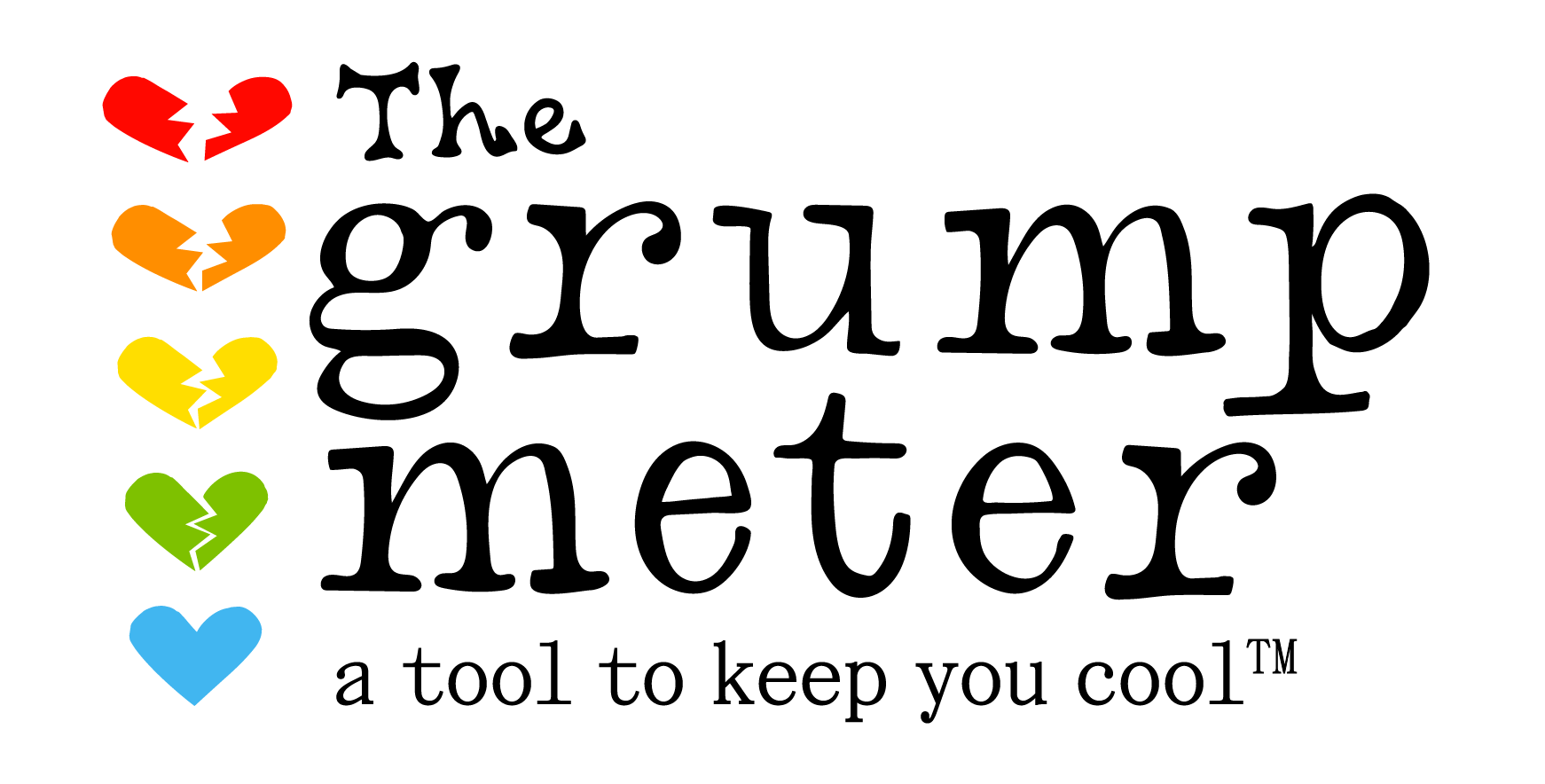What is the Grump Meter?
The Grump Meter is a simple, kid-friendly tool for helping children and teenagers prevent temper tantrums and manage their anger and other emotions. The book shows parents, extended family, teachers, and mental health professionals how to talk with kids about feelings such as anger, and offers practical, tangible approaches to helping kids recognize their triggers and responses, and control emotionally charged behaviors.
Types of organizations we’ve worked with:
Families | Preschool & K-12 schools | Churches, synagogues, and mosques | Youth and teen groups and organizations | Children’s hospitals | Cancer centers | Community centers | Refugee organizations | Suicide Prevention programs/conferences | Drug and Alcohol Recovery Programs | Homeless shelters | Kids with ADHD, anxiety, and depression | Students on the autism spectrum | Police | Legal professionals | Mental health professionals | Adult education/parenting groups | Any group/organization that wants to better consider and manage actions in relation to feelings
Where is the Grump Meter?
Grump Meter Basics
Learn to effectively manage anger, anxiety, jitters and more!
The Grump Meter can be used in homes, classrooms, and other group settings. It helps you monitor your levels of grumpiness or anger. The goal? Stay on blue, and prevent the climb to red.
Blue is calm, cool, and collected. Your goal is to remain on blue.
Green is grumpy. You're in control of yourself, but feeling a bit out of sorts.
Yellow is grumpier. It's your "Caution" light. On yellow, you still have control. So, take a thinking-time out. Find a way to back up, and come back down the Grump Meter.
Orange is mad. On orange, you're angry and you risk losing control. Stop now!
Red is explosive anger. On red, you've lost control. You risk hurting yourself or someone else. Stay away from red.
Make Your Grump Meter
Use a piece of rectangular white cardboard, as small or big as you'd like. Then, using a black marker or crayon, draw a stack of 5 boxes as shown at left.
• Write words or draw pictures to show how you feel on each color. What other words or images might go with each color? Draw them on your Grump Meter.
• Color your Grump Meter, following the color pattern you see in the Grump Meters on this site.
• Hang your Grump Meter where you can see it and use it.
Using Your Grump Meter
Make the Grump Meter part of your daily, family conversation.
• Every couple hours, ask what color you're each on.
• As you go about daily activities, check in with the Grump Meter and each other. What color are you on during breakfast? After school? During sports practice?
• If you practice using it, you'll have it in your mind when you need it.
• In your family, help each other figure out what helps you each calm down. Make a list of those reminders.
• When you start moving up the Grump Meter, use your reminders to calm yourself down and get back to blue. You can do it!
Evolution of the Grump Meter
Like a compass on a long hike, the Grump Meter offers a tool for the journey that we humans travel many times a day. The journey takes us up the meter and down, then up and down again. We live with changes in our moods throughout our days, but there is the possibility of avoiding the extremes of emotional outbursts and staying in the middle of the climb, to modulate and mediate our angry responses and actions.
The Grump Meter works, but not by itself. It needs parents, kids, and sometimes caregivers and teachers to use it. Using it means keeping our eyes on it and on each other. It means finding words to talk about what's going on with our upset and angry moods and behavior. It involves finding new and creative responses to prevent and decrease destructive outbursts
Get the Most Out of the Grump Meter
The Grump Meter book has a fun-to-read section for kids, and an in-depth guide for parents and teachers.
The Workbook has 24 colorful pages full of fun activities to help children understand and learn to manage their emotions.
In our book, The Grump Meter: A Family Tool for Anger Control, and The Grump Meter Workbook, families learn how to:
• monitor their anger using the unique Grump Meter as a prevention tool.
• communicate about anger and other big feelings with a common language.
• understand internal and external triggers, and their role in anger management.
• identify techniques and tools to remain calm rather than going up the Grump Meter.
About the Authors
Janet Kaufman (left) and Lynn Kaufman.
A mother and daughter team, Janet and Lynn have collaborated throughout their professional lives. They have consulted and written articles about kids-at-risk, led parenting workshops, and spoken at conferences together on subjects ranging from "curious conversation" with kids to Holocaust literature. They find that working at the intersections of teaching and social work is completely natural: when kids do not have the words to express what has happened to them, they have a hard time growing.
Lynn gleans ideas from Janet about how to help kids use the language they have to discover more about their own stories, and about how to work with literature and writing to help kids inquire into their lives. Lynn helps Janet learn to create strong relationships in the classroom that help kids feel connected and want to learn, de-escalate power struggles, involve family members in learning, and work with kids at risk. Constantly learning from each other, Janet and Lynn have fun working together, and their passion for helping kids and families comes out in The Grump Meter and in their presentations.




